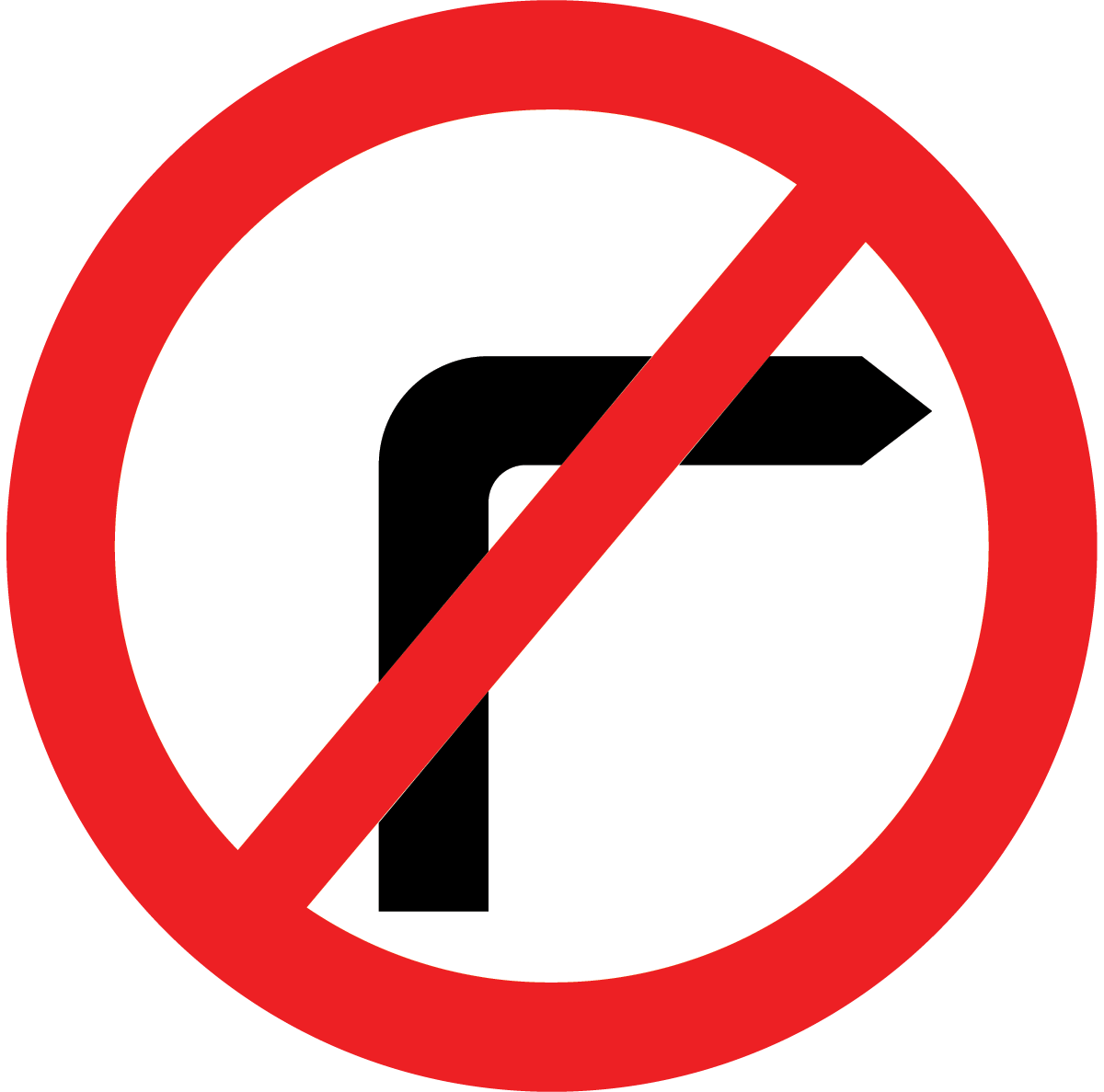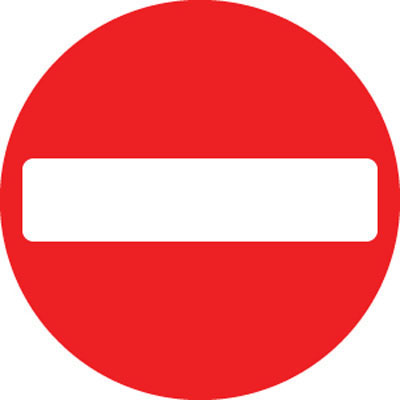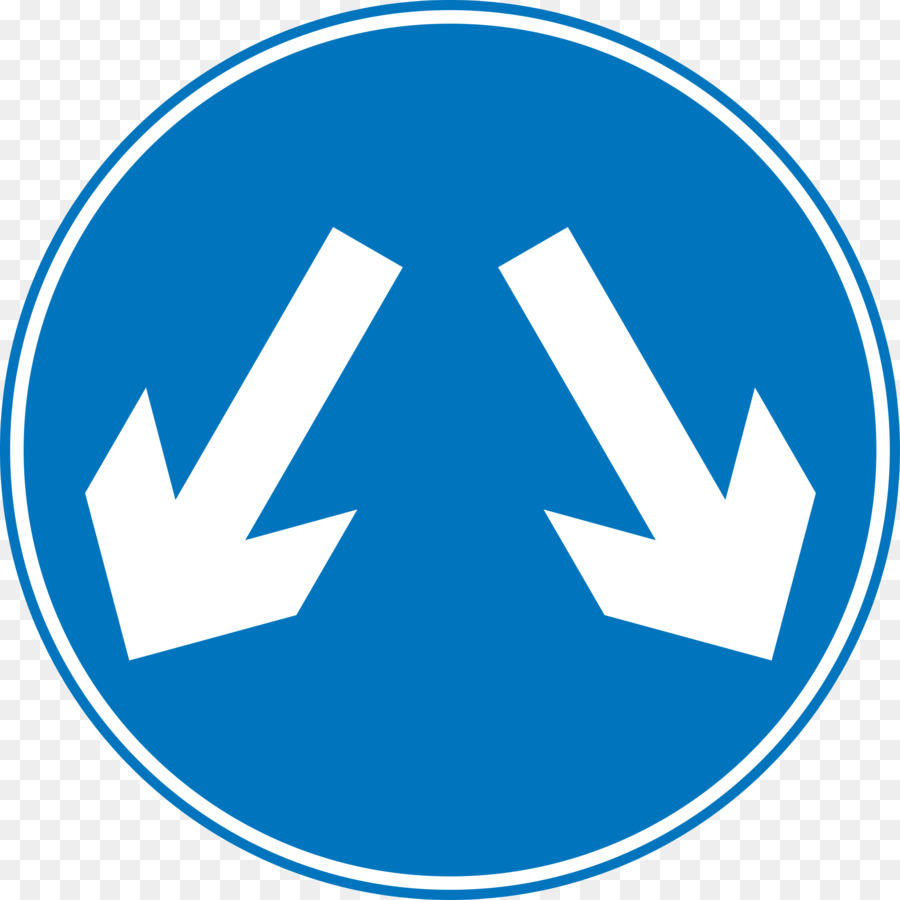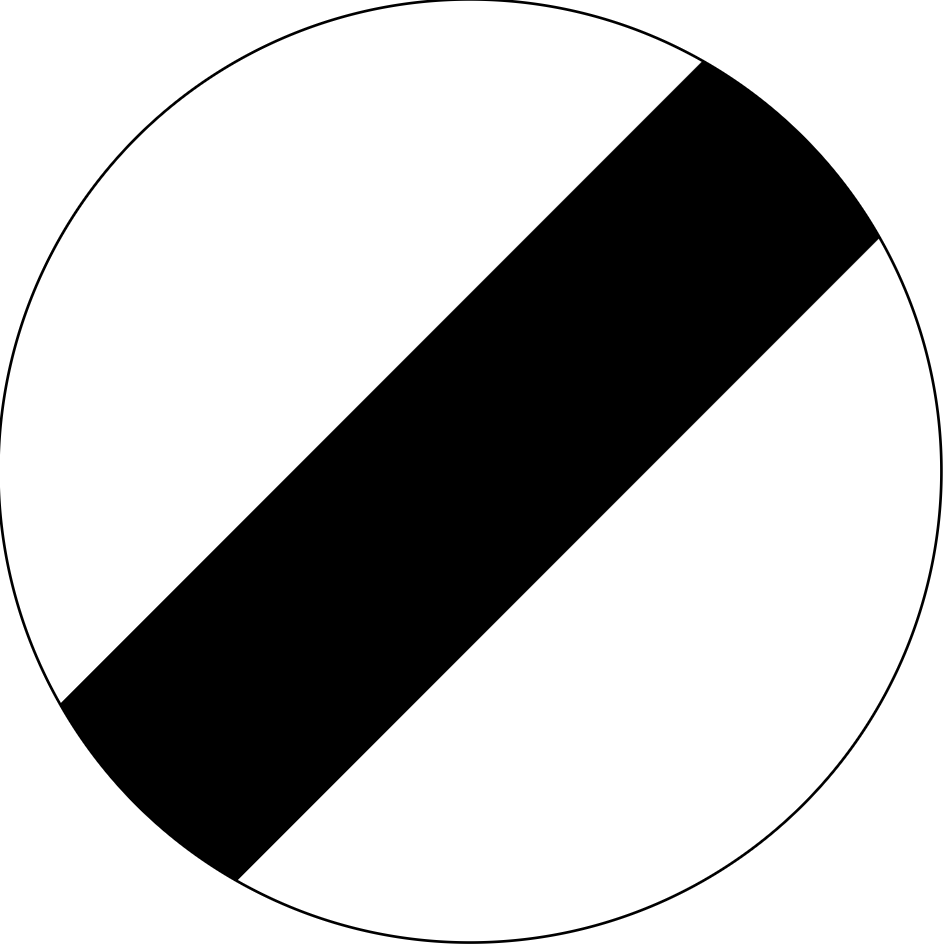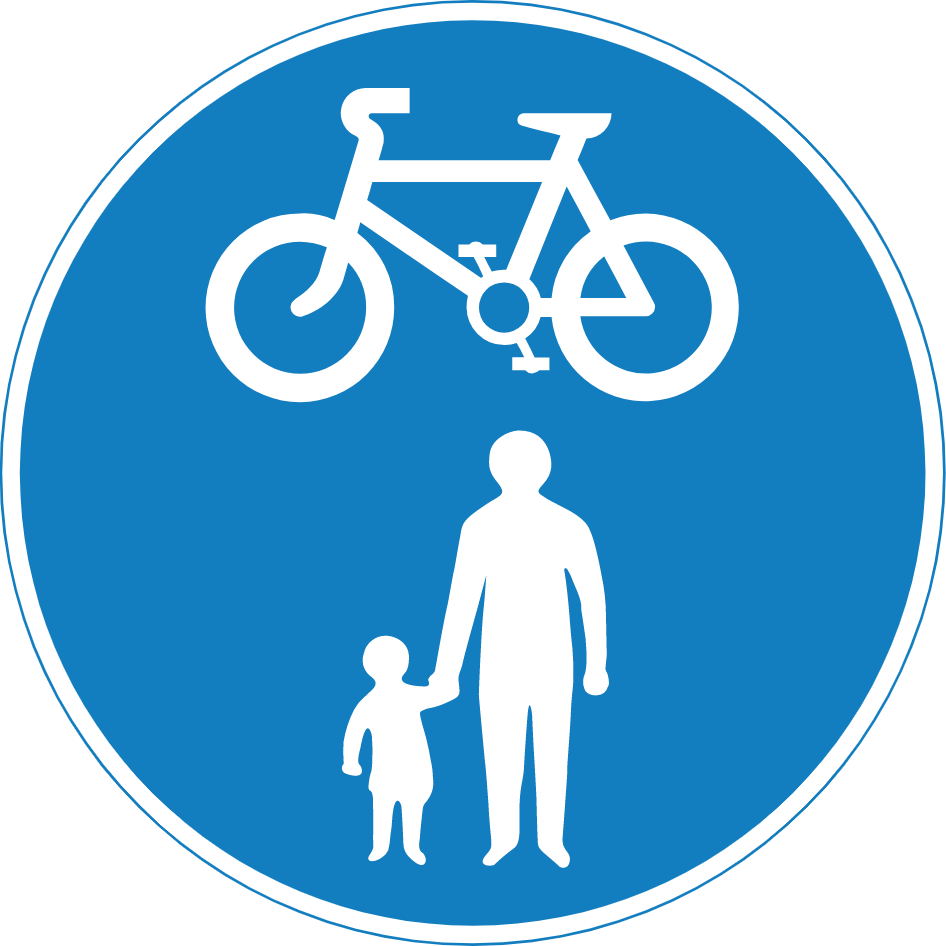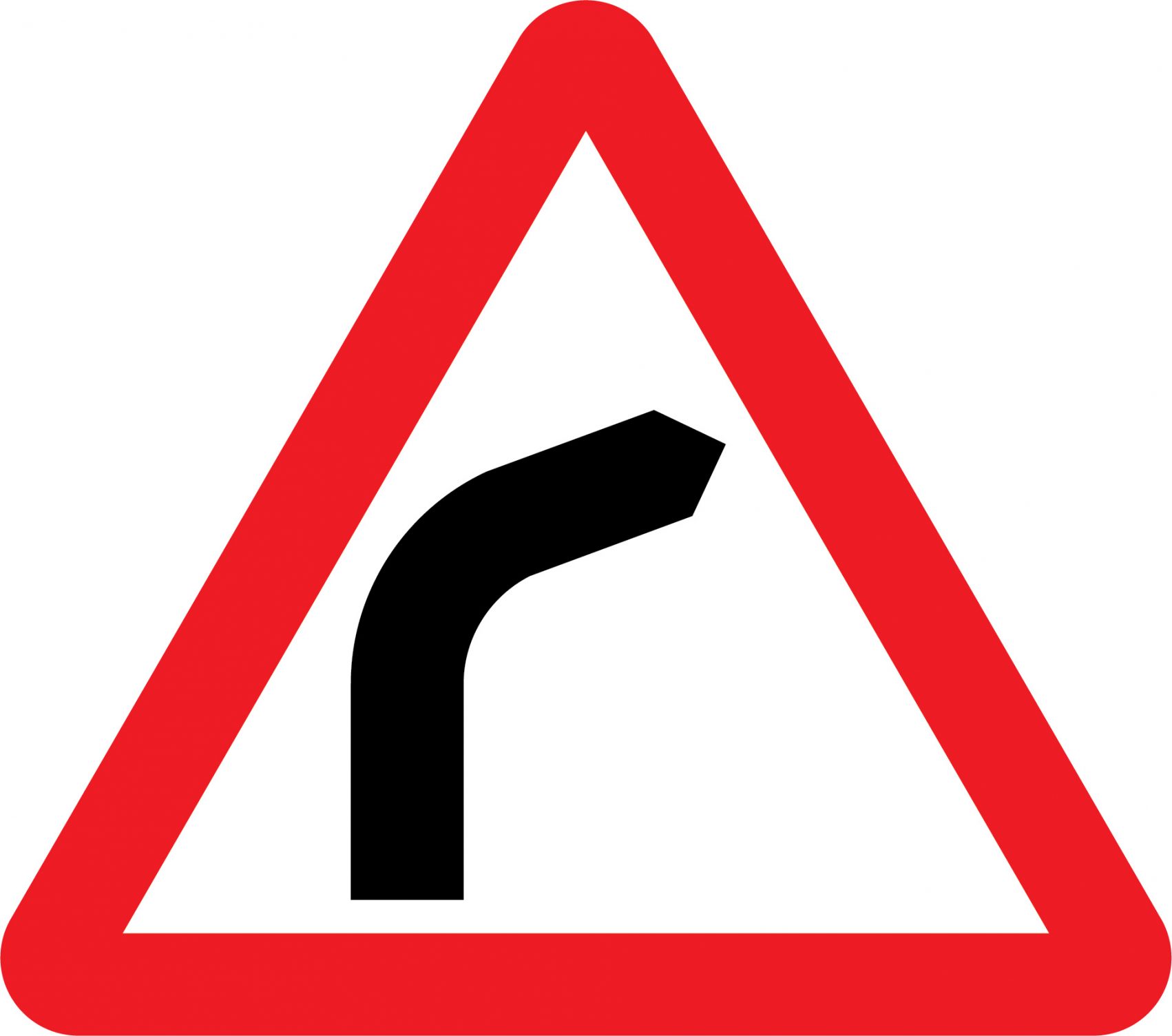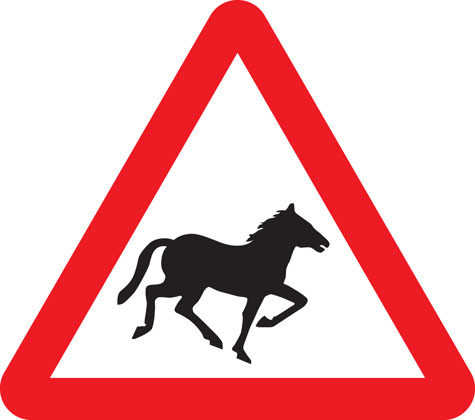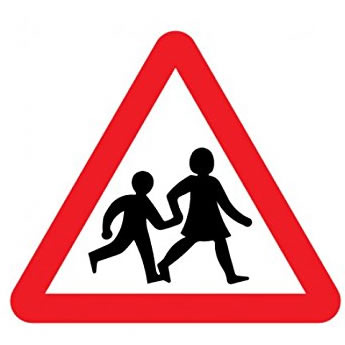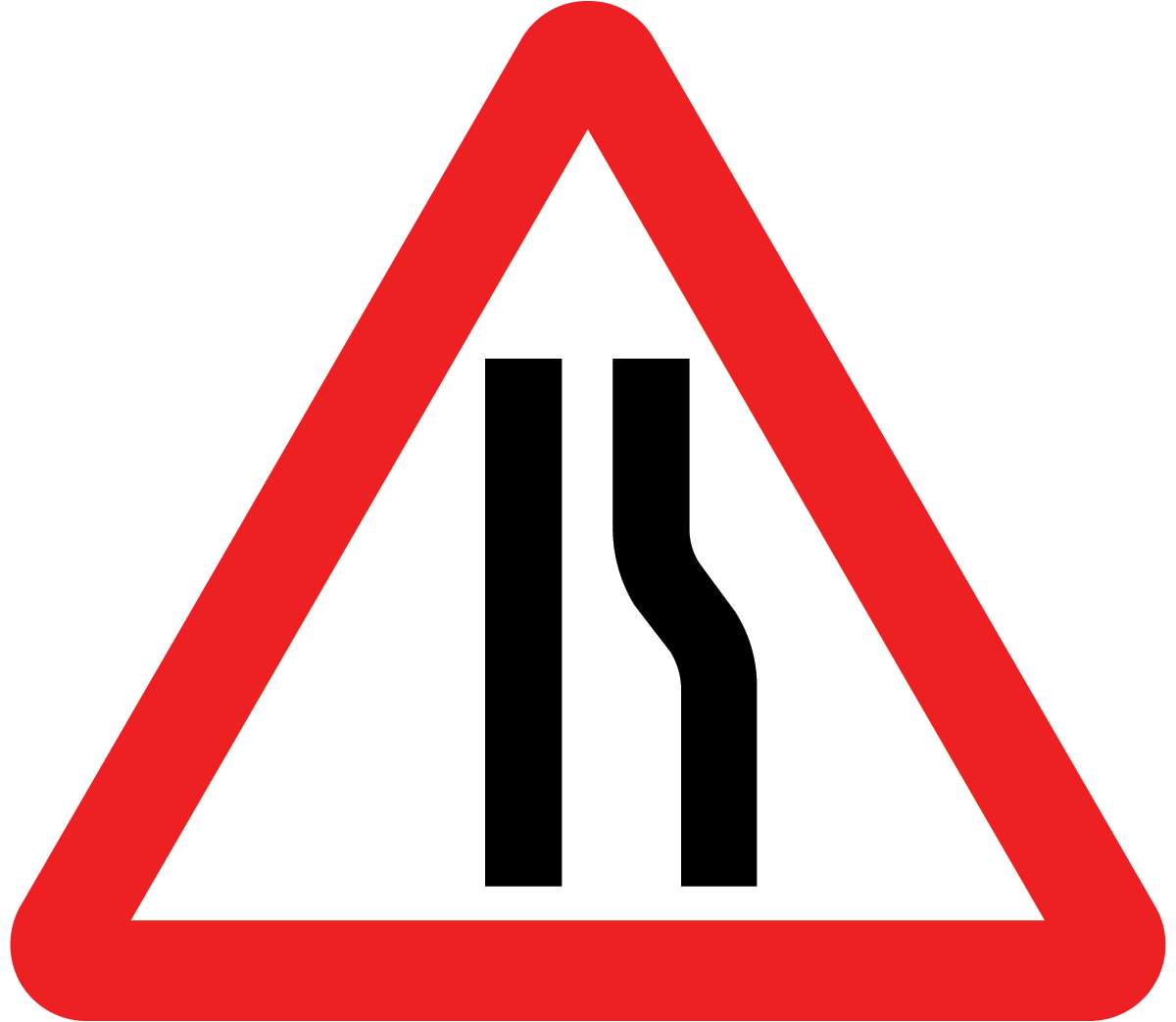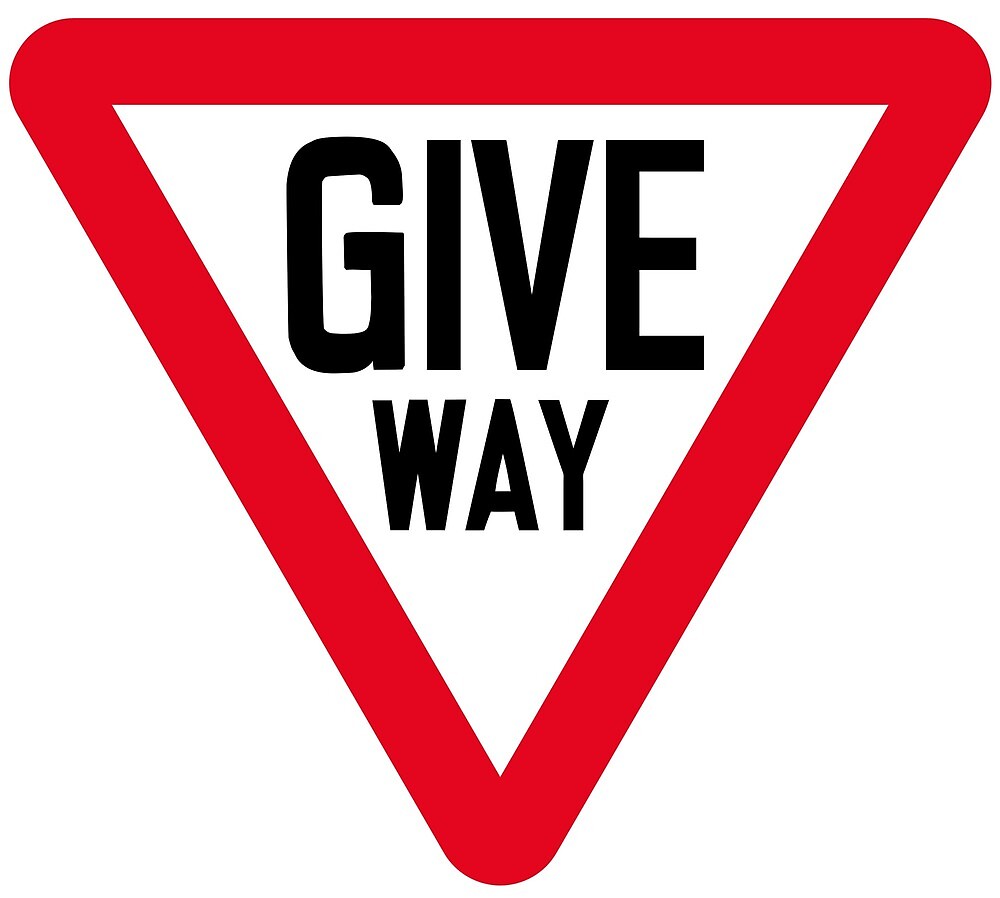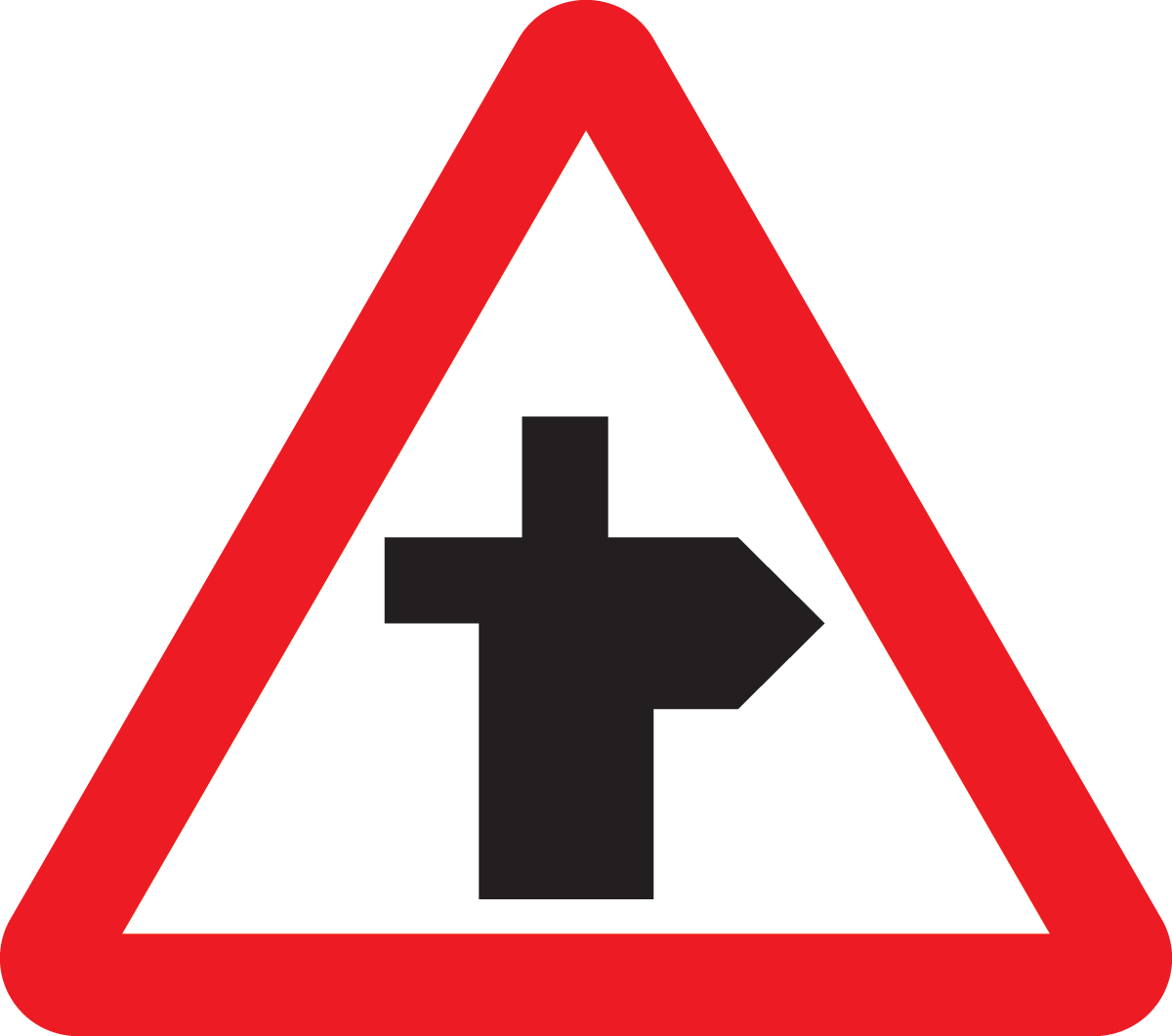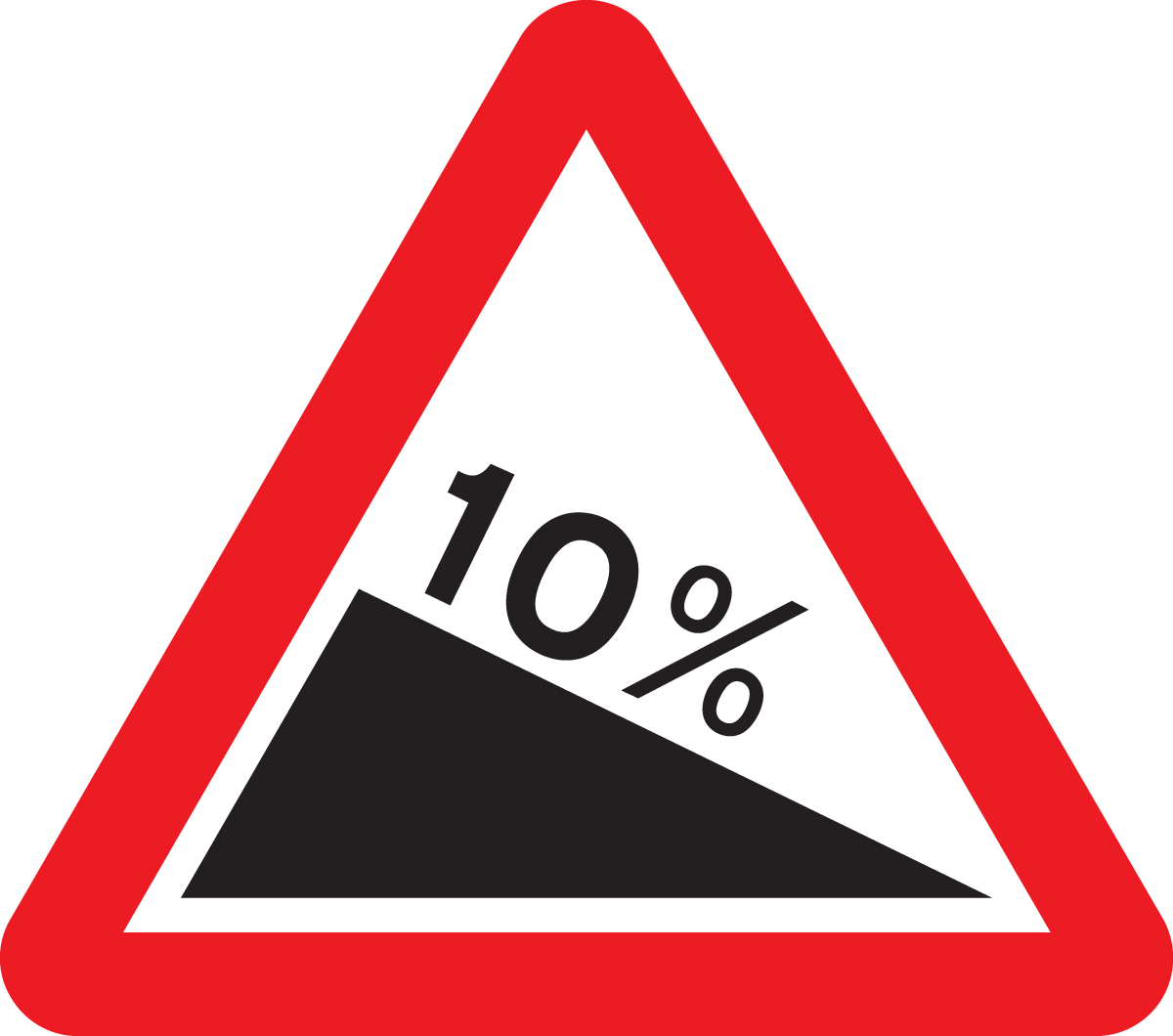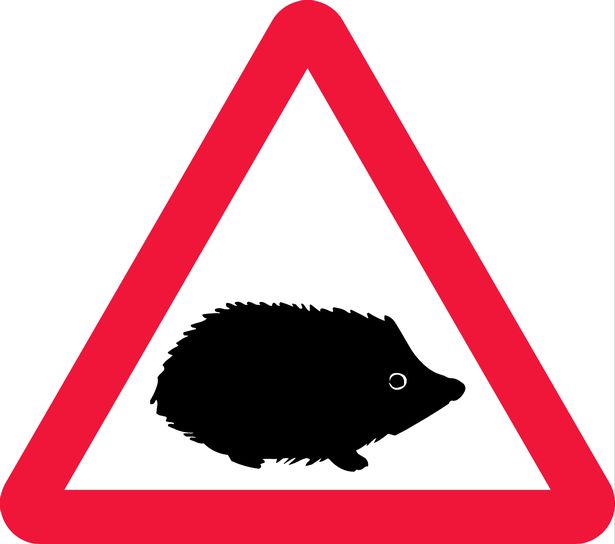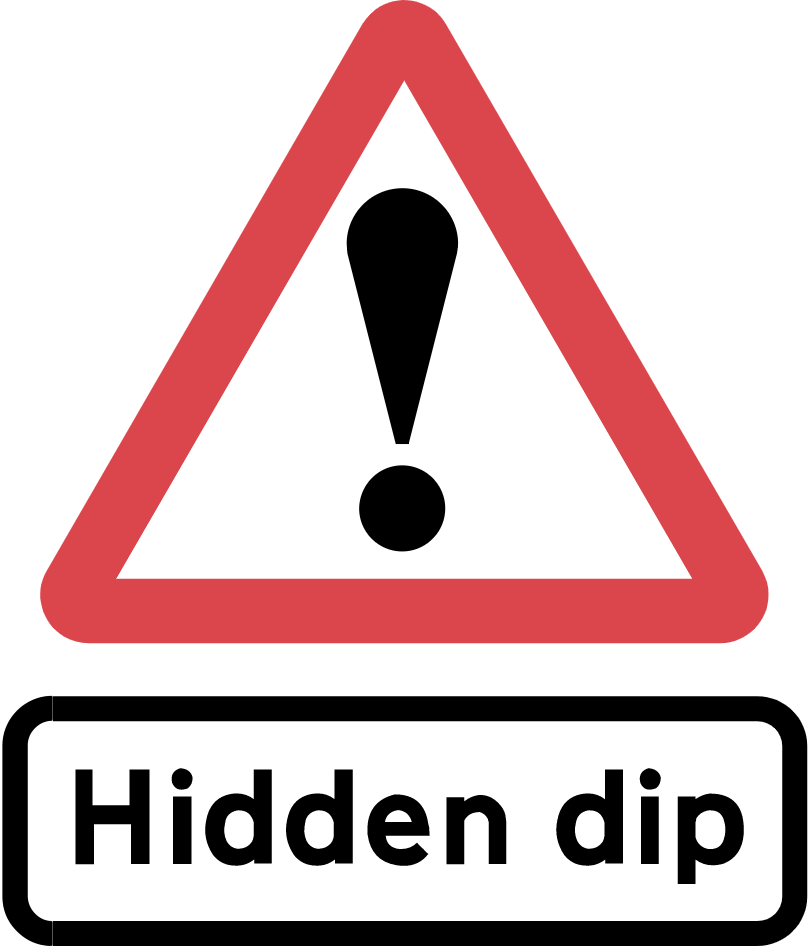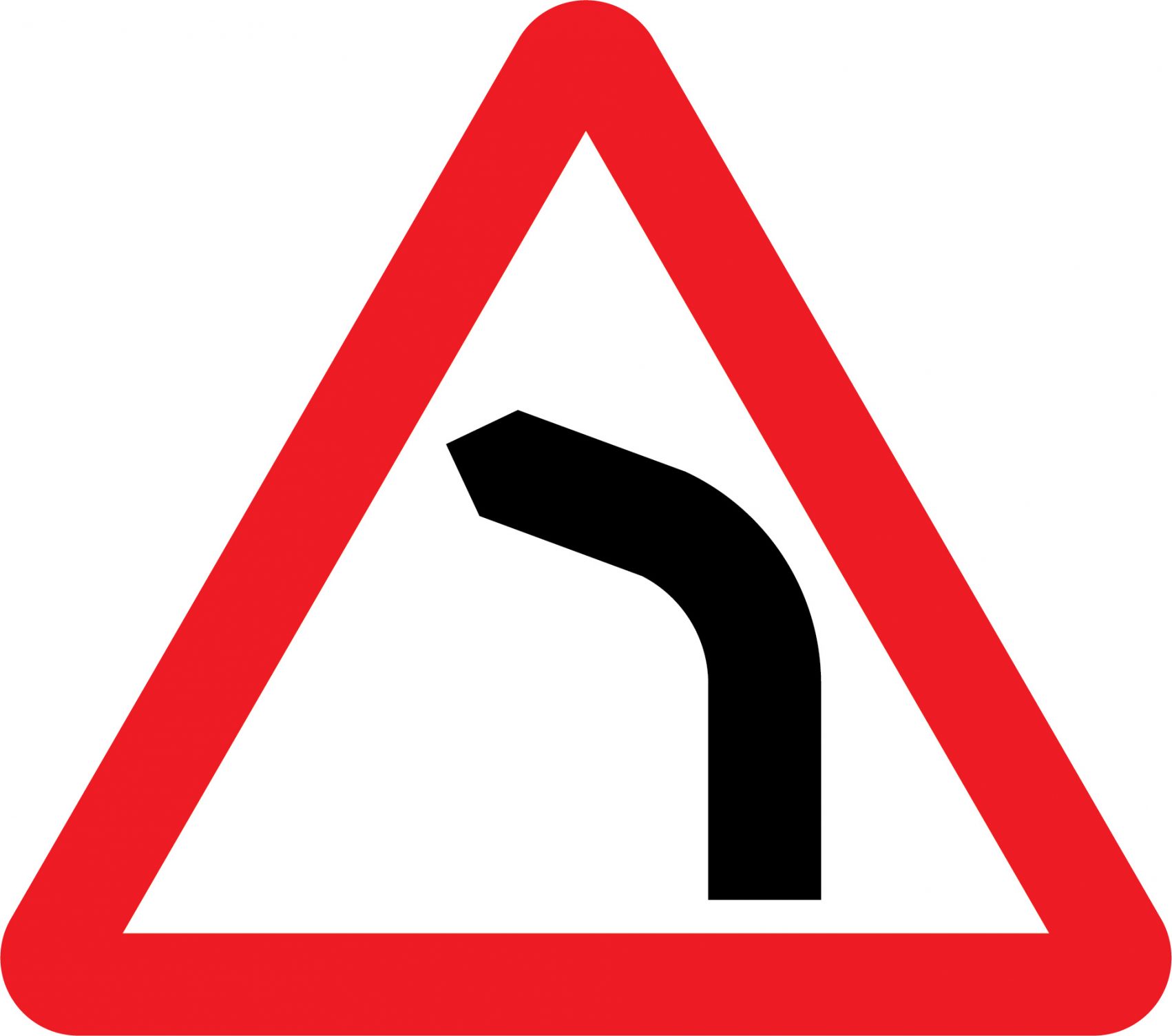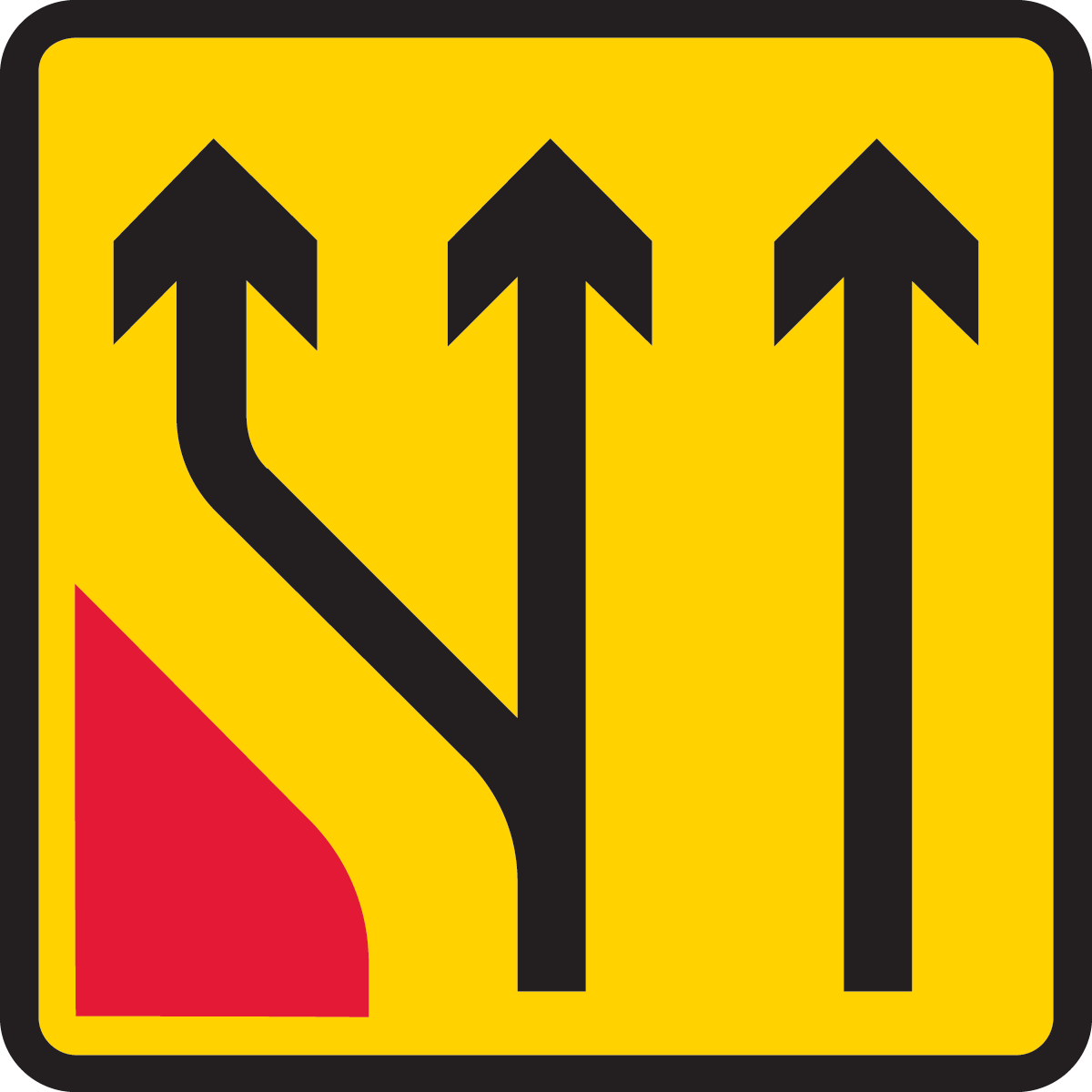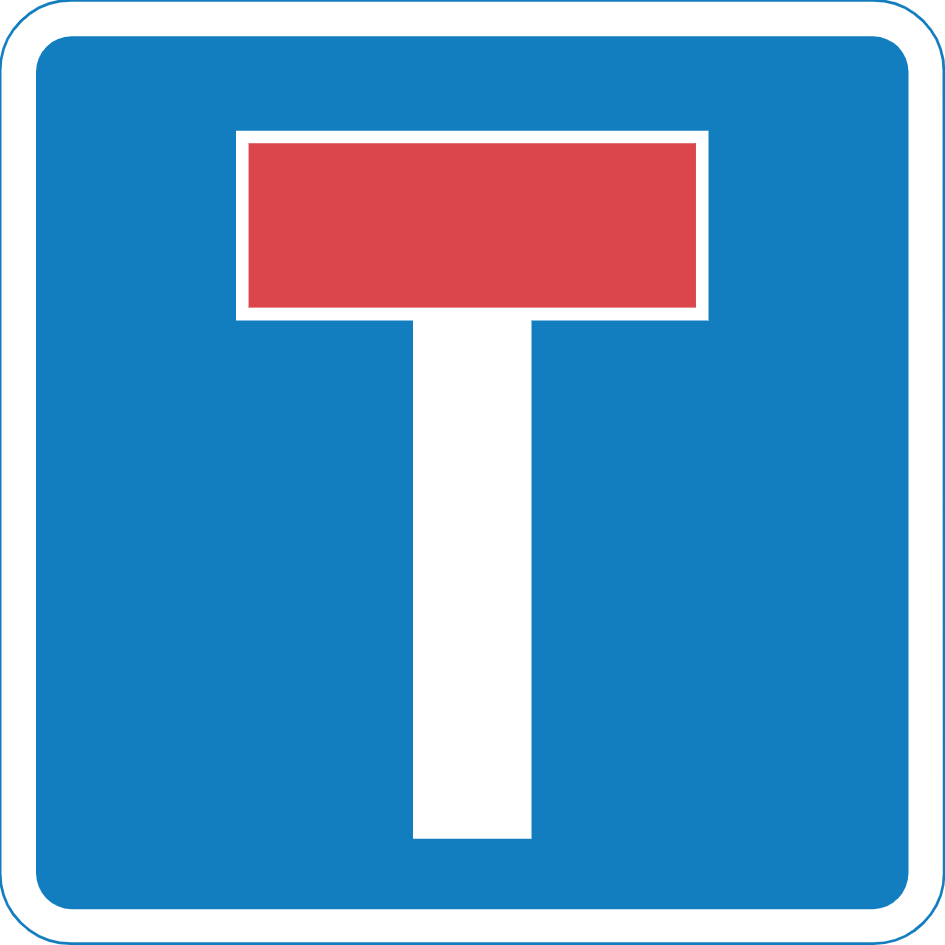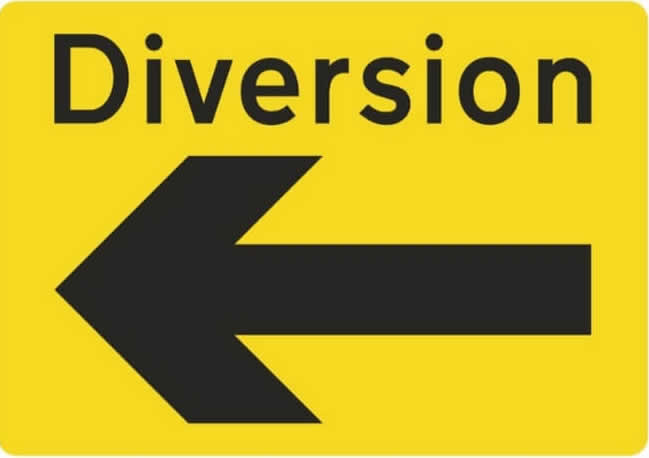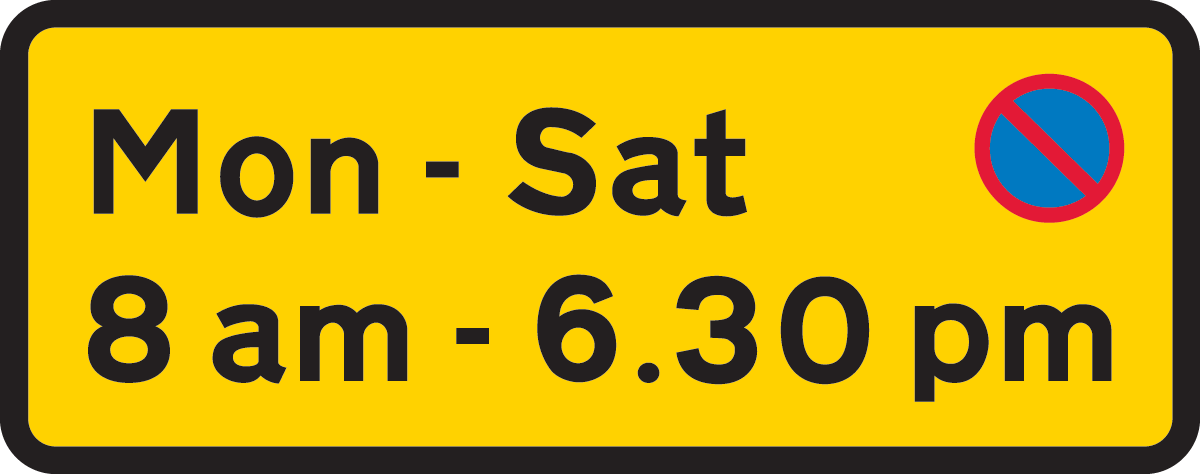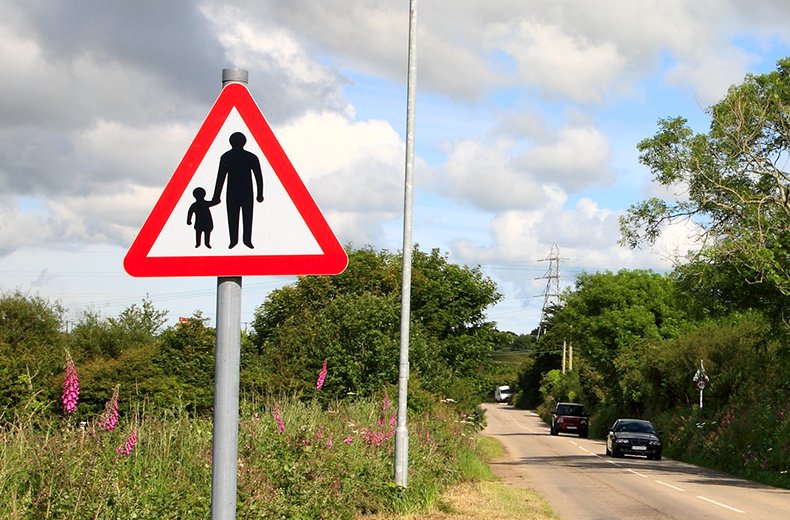
As drivers we use road signs almost subliminally every single day, enabling us to navigate the roads safely.
Road signs are there to direct and instruct all road users, and each has a different meaning. There are around 100 different road signs to be aware of, many of which you’ll need to instantly understand in order to stay safe out on the road.
Road signs are for life, not just for your theory test!
When you’re preparing for your driving test, you’ll likely be revising and studying the highway code in order to pass your theory test. But there’s a reason this aspect of your driving test is so key – road signs really do help to ensure smooth and safe movement and flow of traffic and the prevention of accidents, as well as giving important information about routes. Road signs are designed to give clear instructions – many are self-explanatory, but others take some getting used to once you become acquainted with their meaning.
It can be confusing and overwhelming at first to remember what each different sign means – but it does become easier with time and practice. Here are the four key road sign types and categories to be aware of to help you more easily identify common road signs you’ll need to know as you embark on your practical driving test.
Round Signs
Round or circular road signs give orders. Usually they are all red (such as a no entry sign), or white with a red border, indicating that an action is prohibited. Blue circular road signs give directions, such as an arrow to guide you around some roadworks. Signs advising of maximum speed limit are also circular.
Examples of common circular road signs include:
- No entry
- No right turn
- No overtaking
- No motor vehicles
Triangle Signs
Triangular signs are usually warning signs and advise of a potential hazard ahead – with a white background and red border. Common triangle signs you’ll come across out on the roads include:
- Steep hill
- Narrow road
- Bend in the road
- Crossroads ahead
- Animals in the road
- Children crossing
Triangle signs are usually upright with one exception – Give Way, which is upside down.
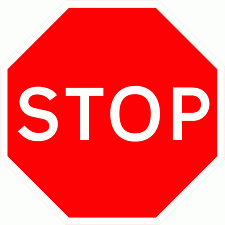
Octagon Signs
This one is perhaps the easiest to remember – as there’s only one octagonal road sign to learn (and it’s pretty self-explanatory!) Stop signs are instantly recognisable as a red octagon with large white STOP lettering – indicating that you must give way to traffic on a major road.
Coloured Signs
Coloured signs use a variety of different bright colours to indicate various purposes. Red signs with white writing give instructions, green signs advise of primary routes, brown signs indicate the direction of a tourist destination or attraction and yellow signs indicate regulations such as loading, waiting and parking restrictions as well as temporary diversions.
Revising road signs for your theory test
If it’s not sinking in yet, don’t worry. Recognising road signs instantly comes with time and practice and you’ll soon become acquainted with them. Some tips to help you revise for your theory test include:
- Recognising road signs by shape: Sign shapes indicate their meaning – so this is a great place to start. Round and triangle signs are most common, so begin by noticing these and becoming accustomed to what each one means.
- Recognising road signs by colour: Colours can help because as detailed above, different colours have different meanings. Red and blue is a good place to start.
- Knowing the most common signs first: With so many signs to learn, it can quickly become overwhelming and confusing to recognise them accurately. Stat with the most common, and spot them when you’re driving with others or on public transport to help make them more familiar to you.
